-
 Bitcoin
Bitcoin $115900
-2.21% -
 Ethereum
Ethereum $3710
-3.94% -
 XRP
XRP $3.009
-4.19% -
 Tether USDt
Tether USDt $1.000
0.01% -
 BNB
BNB $783.6
-1.88% -
 Solana
Solana $171.7
-4.75% -
 USDC
USDC $1.000
0.00% -
 Dogecoin
Dogecoin $0.2098
-6.05% -
 TRON
TRON $0.3276
0.13% -
 Cardano
Cardano $0.7372
-5.46% -
 Hyperliquid
Hyperliquid $41.45
-3.60% -
 Sui
Sui $3.624
-5.88% -
 Stellar
Stellar $0.3978
-5.52% -
 Chainlink
Chainlink $16.93
-6.13% -
 Bitcoin Cash
Bitcoin Cash $570.3
-2.41% -
 Hedera
Hedera $0.2531
-6.33% -
 Avalanche
Avalanche $22.47
-5.11% -
 Ethena USDe
Ethena USDe $1.001
-0.02% -
 Toncoin
Toncoin $3.486
1.56% -
 UNUS SED LEO
UNUS SED LEO $8.933
-0.25% -
 Litecoin
Litecoin $106.7
-3.55% -
 Shiba Inu
Shiba Inu $0.00001245
-4.79% -
 Polkadot
Polkadot $3.710
-4.20% -
 Uniswap
Uniswap $9.391
-7.68% -
 Monero
Monero $307.6
-1.90% -
 Dai
Dai $0.0000
-0.01% -
 Bitget Token
Bitget Token $4.401
-3.37% -
 Cronos
Cronos $0.1412
-3.90% -
 Pepe
Pepe $0.00001077
-6.52% -
 Aave
Aave $261.6
-6.15%
How to use the WMA to trade with the trend on different timeframes?
The Weighted Moving Average (WMA) emphasizes recent prices, making it more responsive than SMA for identifying trends and timing entries in directional markets.
Jul 30, 2025 at 09:07 pm
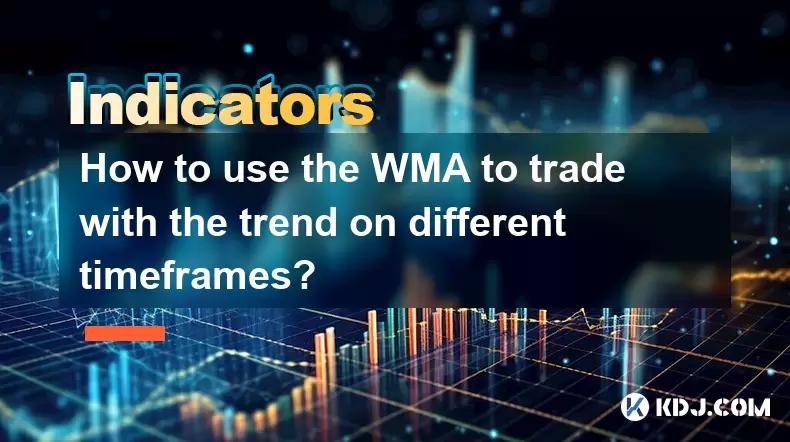
Understanding the Weighted Moving Average (WMA)
The Weighted Moving Average (WMA) is a technical indicator that assigns greater importance to recent price data, making it more responsive to new information compared to the Simple Moving Average (SMA). This responsiveness makes the WMA particularly effective in identifying and trading with the trend. Unlike the SMA, which treats all data points equally, the WMA multiplies each closing price by a weighting factor, with the most recent prices receiving the highest weights. The formula for calculating WMA is:
WMA = (Price₁ × n) + (Price₂ × (n−1)) + … + (Priceₙ × 1) / (n + (n−1) + … + 1)
For example, in a 5-period WMA, today’s price is multiplied by 5, yesterday’s by 4, and so on, with the sum divided by the triangular number 15 (5+4+3+2+1). This calculation ensures that the WMA reacts faster to price changes, allowing traders to detect trend shifts earlier.
Identifying the Trend Using WMA on Higher Timeframes
To trade with the trend effectively, it is essential to first determine the direction of the prevailing trend on higher timeframes such as the daily (D1) or 4-hour (H4) charts. Traders can apply a WMA with a period of 50 or 100 to filter out market noise and capture the broader trend.
- Apply the WMA(50) to the daily chart
- Observe whether the price is consistently trading above the WMA line
- Confirm trend direction when the WMA line itself is sloping upward
When the price remains above the WMA and the WMA is rising, it indicates a bullish trend. Conversely, if the price is below the WMA and the line is sloping downward, the trend is bearish. This higher timeframe analysis acts as a filter—only trades aligned with this trend direction should be considered on lower timeframes.
Aligning Lower Timeframe Entries with the Higher Timeframe Trend
Once the trend is established on the higher timeframe, traders shift focus to lower timeframes like the 1-hour (H1) or 15-minute (M15) charts to find high-probability entry points. The goal is to enter in the direction of the higher timeframe trend using WMA-based signals.
- Overlay a WMA(20) on the 1-hour chart
- Wait for the price to pull back toward the WMA
- Look for bullish candlestick patterns (e.g., hammer, engulfing) near the WMA in an uptrend
In a bullish scenario, when the price dips close to the WMA(20) and bounces with strong momentum, it signals a potential long entry. Similarly, in a downtrend, short entries are taken when the price rallies toward the WMA and shows rejection. This method ensures entries are not counter-trend and increases the likelihood of success.
Using Multiple WMAs for Confirmation Across Timeframes
A robust trading strategy involves using multiple WMA periods across different timeframes to confirm trend alignment and signal validity. For instance, combining WMA(50) on the daily chart with WMA(20) and WMA(10) on the 1-hour chart can provide layered confirmation.
- On the daily chart, ensure price is above WMA(50)
- On the 1-hour chart, check that WMA(20) is above WMA(50), indicating short-term momentum supports the trend
- Look for WMA(10) crossing above WMA(20) on the 1-hour chart as a dynamic entry trigger
This multi-WMA approach helps avoid false signals during consolidation phases. When all WMAs are aligned in the same direction across timeframes, the probability of trend continuation increases significantly. Traders should avoid entries when WMAs are tangled or moving sideways.
Managing Risk and Position Sizing with WMA Signals
Even with accurate trend identification, risk management remains crucial. The WMA can assist not only in entries but also in setting stop-loss and take-profit levels.
- Place stop-loss orders below the recent swing low (for longs) or above the swing high (for shorts)
- Use the WMA as a trailing stop mechanism—exit when price closes beyond the WMA(20) on the entry timeframe
- Scale out of positions at predefined levels, such as 1.5x and 2x the average true range (ATR)
For position sizing, calculate the risk per trade based on the distance between entry and stop-loss. If trading a $10,000 account with a 1% risk rule and a 50-pip stop-loss, the position size should be adjusted so that a 50-pip move results in a $100 loss. This disciplined approach ensures longevity in trading, even during drawdowns.
Practical Example: Trading Bitcoin Using WMA on H4 and M15
Consider a scenario in the Bitcoin/USD market. On the H4 chart, the price has been above the WMA(50) for several days, and the WMA line is sloping upward—indicating a strong bullish trend.
- Switch to the M15 chart to find an entry
- Observe that price pulls back and touches the WMA(20)
- A bullish engulfing candle forms at the WMA(20) level
- Volume increases on the breakout candle
Entry is taken at the close of the engulfing candle. Stop-loss is placed 3% below the entry, just under the recent swing low. Take-profit is set at a 1:3 risk-reward ratio. The trade remains open as long as the price stays above the WMA(20) on M15 and the H4 trend remains intact.
Frequently Asked Questions
How do I choose the right WMA period for different timeframes?
The choice of WMA period depends on your trading style. For trend identification on daily charts, WMA(50) or WMA(100) works well. On 1-hour or 15-minute charts, WMA(10) to WMA(20) provides timely signals. Shorter periods react faster but generate more false signals; longer periods are smoother but lag price.
Can WMA be combined with other indicators for better accuracy?
Yes. Combining WMA with Relative Strength Index (RSI) or MACD improves signal quality. For example, a WMA bounce during an RSI oversold condition in an uptrend strengthens the buy signal. Avoid using multiple lagging indicators together, as they may delay entries.
What happens when price crosses the WMA but the higher timeframe trend is still strong?
A crossover on a lower timeframe does not necessarily invalidate the trend. It may be a pullback or consolidation. Wait for the price to retest and respect the WMA before considering re-entry. Always prioritize the higher timeframe direction.
Is WMA suitable for ranging markets?
WMA performs poorly in sideways markets due to whipsaws and false breakouts. Use it only when a clear trend is present. To identify ranging conditions, check if the WMA is flat and price oscillates around it without sustained movement in one direction.
Disclaimer:info@kdj.com
The information provided is not trading advice. kdj.com does not assume any responsibility for any investments made based on the information provided in this article. Cryptocurrencies are highly volatile and it is highly recommended that you invest with caution after thorough research!
If you believe that the content used on this website infringes your copyright, please contact us immediately (info@kdj.com) and we will delete it promptly.
- Ripple, XRP, and RLUSD: Navigating Growth and Innovation
- 2025-08-01 08:30:37
- Tether's Triumph: Profits, US Initiatives, and Stablecoin Supremacy
- 2025-08-01 09:11:00
- Ethereum, ZK-VMs, and Quantum Resistance: A New Era for Blockchain Security?
- 2025-08-01 09:30:12
- Ethereum: Institutional Interest Surges Amid Network Upgrades
- 2025-08-01 08:50:19
- JPMorgan, Ripple, and Blockchain Payments: A New York Minute on Institutional Adoption
- 2025-08-01 08:30:37
- Coinbase Goes All-In: Tokenized Stocks, Prediction Markets, and the Future of Finance
- 2025-08-01 08:50:19
Related knowledge
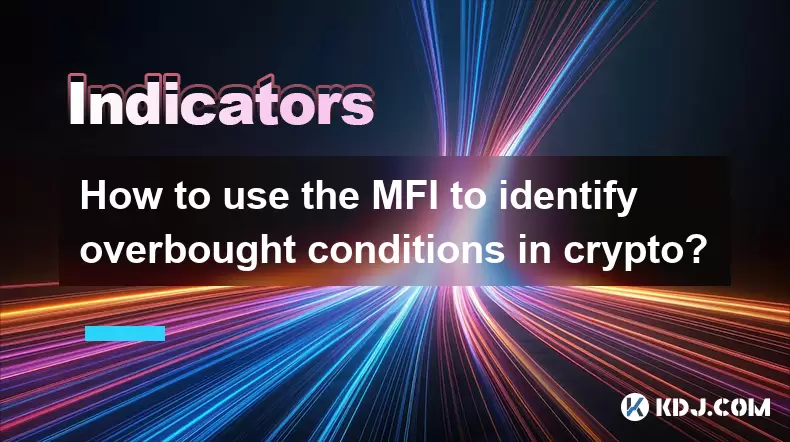
How to use the MFI to identify overbought conditions in crypto?
Aug 01,2025 at 10:49am
Understanding the Money Flow Index (MFI) in Cryptocurrency TradingThe Money Flow Index (MFI) is a momentum oscillator that measures the inflow and out...
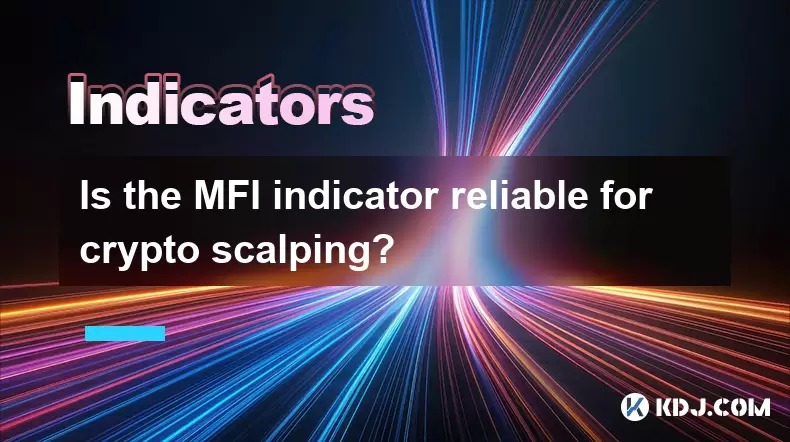
Is the MFI indicator reliable for crypto scalping?
Aug 01,2025 at 11:00am
Understanding the MFI Indicator in Cryptocurrency TradingThe Money Flow Index (MFI) is a momentum oscillator that measures the flow of money into and ...

What are the best MFI indicator strategies for altcoins?
Aug 01,2025 at 08:01am
Understanding the MFI Indicator in Altcoin TradingThe Money Flow Index (MFI) is a momentum oscillator that measures the flow of money into or out of a...
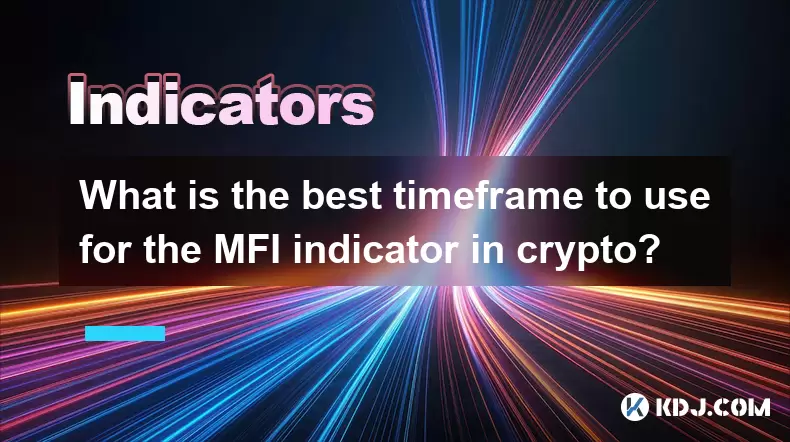
What is the best timeframe to use for the MFI indicator in crypto?
Aug 01,2025 at 09:02am
Understanding the MFI Indicator in Cryptocurrency TradingThe Money Flow Index (MFI) is a momentum oscillator that measures the flow of money into and ...
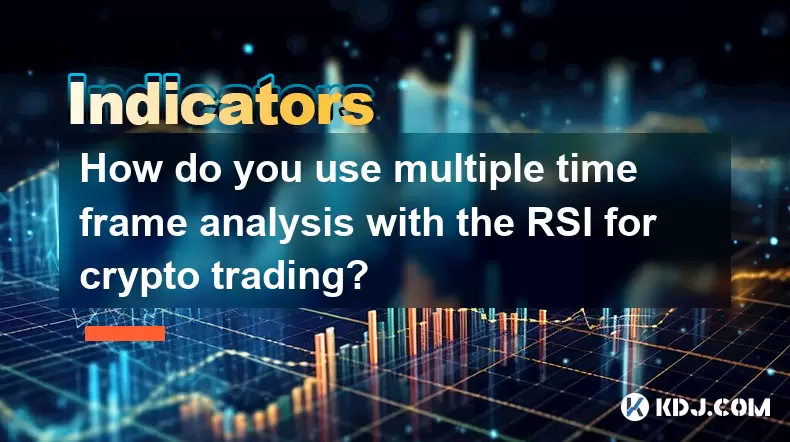
How do you use multiple time frame analysis with the RSI for crypto trading?
Aug 01,2025 at 05:19am
Understanding the Role of RSI in Crypto TradingThe Relative Strength Index (RSI) is a momentum oscillator that measures the speed and change of price ...
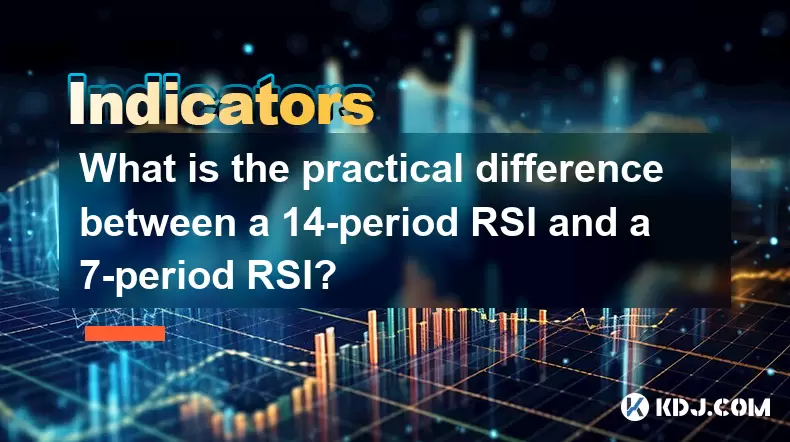
What is the practical difference between a 14-period RSI and a 7-period RSI?
Aug 01,2025 at 07:01am
Understanding the Relative Strength Index (RSI)The Relative Strength Index (RSI) is a momentum oscillator widely used in cryptocurrency trading to mea...

How to use the MFI to identify overbought conditions in crypto?
Aug 01,2025 at 10:49am
Understanding the Money Flow Index (MFI) in Cryptocurrency TradingThe Money Flow Index (MFI) is a momentum oscillator that measures the inflow and out...

Is the MFI indicator reliable for crypto scalping?
Aug 01,2025 at 11:00am
Understanding the MFI Indicator in Cryptocurrency TradingThe Money Flow Index (MFI) is a momentum oscillator that measures the flow of money into and ...

What are the best MFI indicator strategies for altcoins?
Aug 01,2025 at 08:01am
Understanding the MFI Indicator in Altcoin TradingThe Money Flow Index (MFI) is a momentum oscillator that measures the flow of money into or out of a...

What is the best timeframe to use for the MFI indicator in crypto?
Aug 01,2025 at 09:02am
Understanding the MFI Indicator in Cryptocurrency TradingThe Money Flow Index (MFI) is a momentum oscillator that measures the flow of money into and ...

How do you use multiple time frame analysis with the RSI for crypto trading?
Aug 01,2025 at 05:19am
Understanding the Role of RSI in Crypto TradingThe Relative Strength Index (RSI) is a momentum oscillator that measures the speed and change of price ...

What is the practical difference between a 14-period RSI and a 7-period RSI?
Aug 01,2025 at 07:01am
Understanding the Relative Strength Index (RSI)The Relative Strength Index (RSI) is a momentum oscillator widely used in cryptocurrency trading to mea...
See all articles

























































































